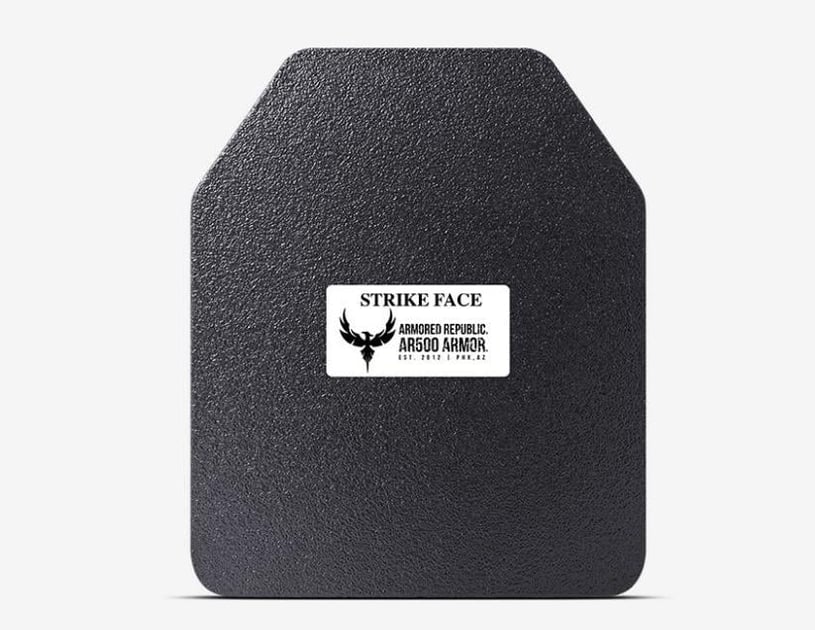Description
#html-body [data-pb-style=DJDYDY8]{justify-content:flex-start;display:flex;flex-direction:column;background-position:left top;background-size:cover;background-repeat:no-repeat;background-attachment:scroll}The P2 - Polyethylene Body Armor is made of polyethylene material and provides high-grade protection that won’t fatigue you when you’re active and won’t endanger you when you’re near water. Tested independently to NIJ Level 3 standards, the P2 plate provides level 3 protection which is capable of stopping the 7.62x51 M80 Ball at 2780 FPS. It has also been tested to stop some special threats; it will defeat 5.56x45 M193 at 3150 FPS and 7.62x39 AK-47 at 2380 FPS. Due to the way this armor functions, it is incapable of stopping MSC/EP rounds such as M855. Polyethylene stops threats by “capturing” the bullet in its material- the heat of the spinning bullet softens the polyethylene enough to melt it partially, allowing the bullet into the material, where it then is stopped by the remaining unmelted fibers within the plate. As the bullet slows down, the polyethylene then rehardens. Because of its unique way of stopping bullets, polyethylene is able to take multiple hits without shattering like ceramic plate alternatives. The primary benefit of the P2 polyethylene armor plate, however, is its weight: Only PE hard armor can provide rifle-rated protection at under four pounds. The greater activity this allows makes polyethylene a popular choice for some military personnel. As with our other hard armor options, the P2 armor plate is also sprayed with our FragLock™ solution to seal it from the elements. Knowledge Base Articles The Armored Republic Body Armor Matrix Pros & Cons of Polyethylene Armor What is a Trauma Pad? Frequently Asked Questions How is polyethylene body armor made? Body armor polyethylene is made by unidirectionally bonding UHMWPE (Ultra-High Molecular Weight Polyethylene) fibers over HDPE (High-Density Polyethylene) sheets making it easy to mold and cut to a specific shape. Is polyethylene the same as Kevlar? No, although both are a type of ballistic-rated polymer, they both have different properties. Kevlar acts like a net to catch and stop a bullet keeping it flexible, while Polyethylene acts more like an airbag. Kevlar is not able to stop rifle rounds where polyethylene is. Is polyethylene stronger than Kevlar? Usually, yes it is. The determining factor is always going to be the threat level. Most PE plates such as our P2 plate are rifle-rated to level III, while most Kevlar panels are IIIA. In a direct comparison of IIIA PE vs IIIA Kevlar, they will perform similarly, however, keep in mind Kevlar is flexible and able to conform to all body types while PE will be a hard plate. For other general body armor and Armored Republic questions visit our FAQ page.
MPN#: p2-body-armor






